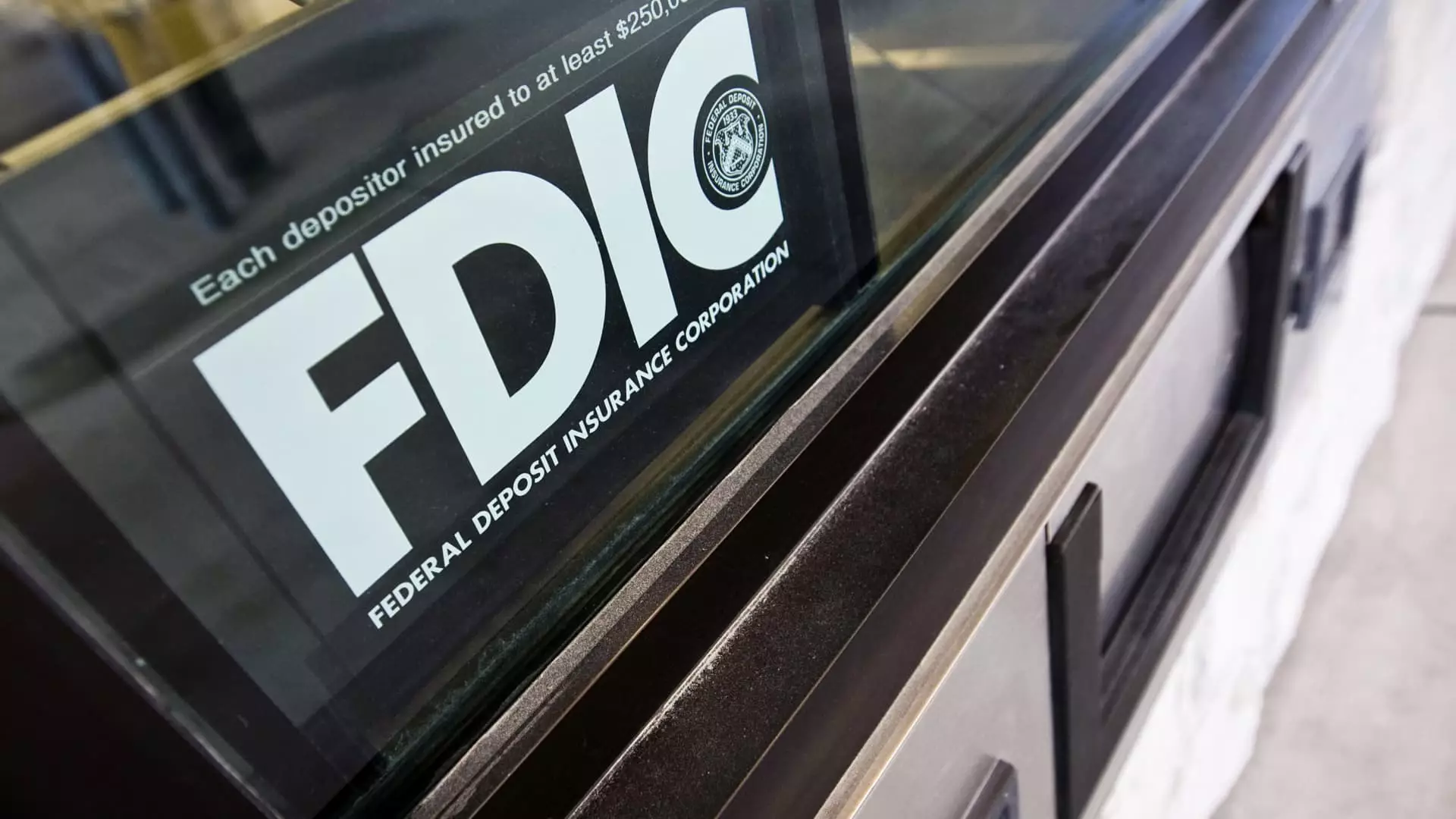As President-elect Donald Trump prepares to take office for a second nonconsecutive term, significant changes are anticipated within the federal agency landscape. With an eye toward reducing federal expenditure, Trump has already hinted at substantial reforms, potentially affecting regulatory bodies that have been integral to America’s financial stability. The formation of the Department of Government Efficiency (DOGE), co-chaired by prominent figures like Elon Musk and Vivek Ramaswamy, heralds a new approach to government administration aimed at streamlining, if not eliminating, federal oversight agencies. This article delves into the implications of these proposed changes, particularly the controversial fates of agencies like the Federal Deposit Insurance Corporation (FDIC) and the Consumer Financial Protection Bureau (CFPB).
One of the central questions regarding Trump’s emerging policies is whether the FDIC, a cornerstone of American banking security since its inception during the Great Depression, will endure. The agency’s primary role is to insure deposits, protecting individual account holders and maintaining public trust in the banking system. Reports indicate that one of the proposed changes could involve transferring the FDIC’s responsibilities to the Treasury Department. Some policymakers and economists argue that this shift could minimize bureaucratic redundancy and cut government costs; however, this perspective overlooks the unique function and stability that the FDIC provides.
Critics of dismantling the FDIC, like William Isaac, ex-chairman of the agency, stress that the FDIC has been instrumental in ensuring depositor security for decades. With no one having lost funds in FDIC-insured accounts due to bank failures, the agency has cultivated a sense of confidence among American consumers, which is paramount for a thriving economy. The potential upheaval signals a departure from established stability, raising questions about the repercussions for small and regional financial institutions that rely extensively on depositor trust.
Alongside plans to cut the FDIC, Trump’s administration appears to be targeting the CFPB, founded in the aftermath of the 2008 financial crisis to safeguard consumer interests in the financial sector. Advocates highlight the agency’s role in regulating financial products, ensuring consumer rights, and preventing predatory lending practices. However, critics, including representatives from the Consumer Bankers Association (CBA), contend that the CFPB has increasingly pursued ideologically driven policies that may not necessarily align with consumer interests.
The debate surrounding the CFPB raises essential inquiries into balancing regulatory oversight against maintaining competitive markets. Supporters assert that the agency plays a critical function in addressing modern financial challenges, such as the rise of digital payment methods and the burgeoning “buy now, pay later” schemes that, while popular, could expose consumers to unforeseen risks.
While some experts question the CFPB’s viability, suggesting it once functioned adequately without such oversight, the acceleration of market concentration in key economic sectors argues for its necessity in fostering fair competition. The absence of a consumer protection entity could open the floodgates for exploitative practices that disproportionately affect vulnerable populations.
Despite the formidable criticisms surrounding the potential dismantling of these agencies, it is vital to examine the broader context of inefficient government expenditure. As various stakeholders advocate for streamlining operations, a measured approach is essential. Cutting down redundancies could indeed optimize federal agencies but must be carefully weighed against the potential loss of essential consumer protections.
A call for efficiency should not compromise foundational financial security instruments. Even William Isaac acknowledges the presence of excess “fat” in government spending, indicating the importance of prudent resource management while ensuring that protective measures remain robust. Streamlining should focus on enhancing service delivery while maintaining a safety net for consumers who depend on these entities during financial crises.
As the Trump administration embarks on comprehensive reforms, the fates of the FDIC and CFPB are emblematic of a larger struggle in government policy: the balance between efficiency and consumer protection. As discussions unfold, it is imperative that any proposed changes are navigated thoughtfully and comprehensively, recognizing both the historical significance of these agencies and the evolving nature of America’s financial landscape. The decisions made in the coming months will not only dictate the operational capacities of this regulatory framework but could also significantly impact economic stability and consumer confidence in the long run.

